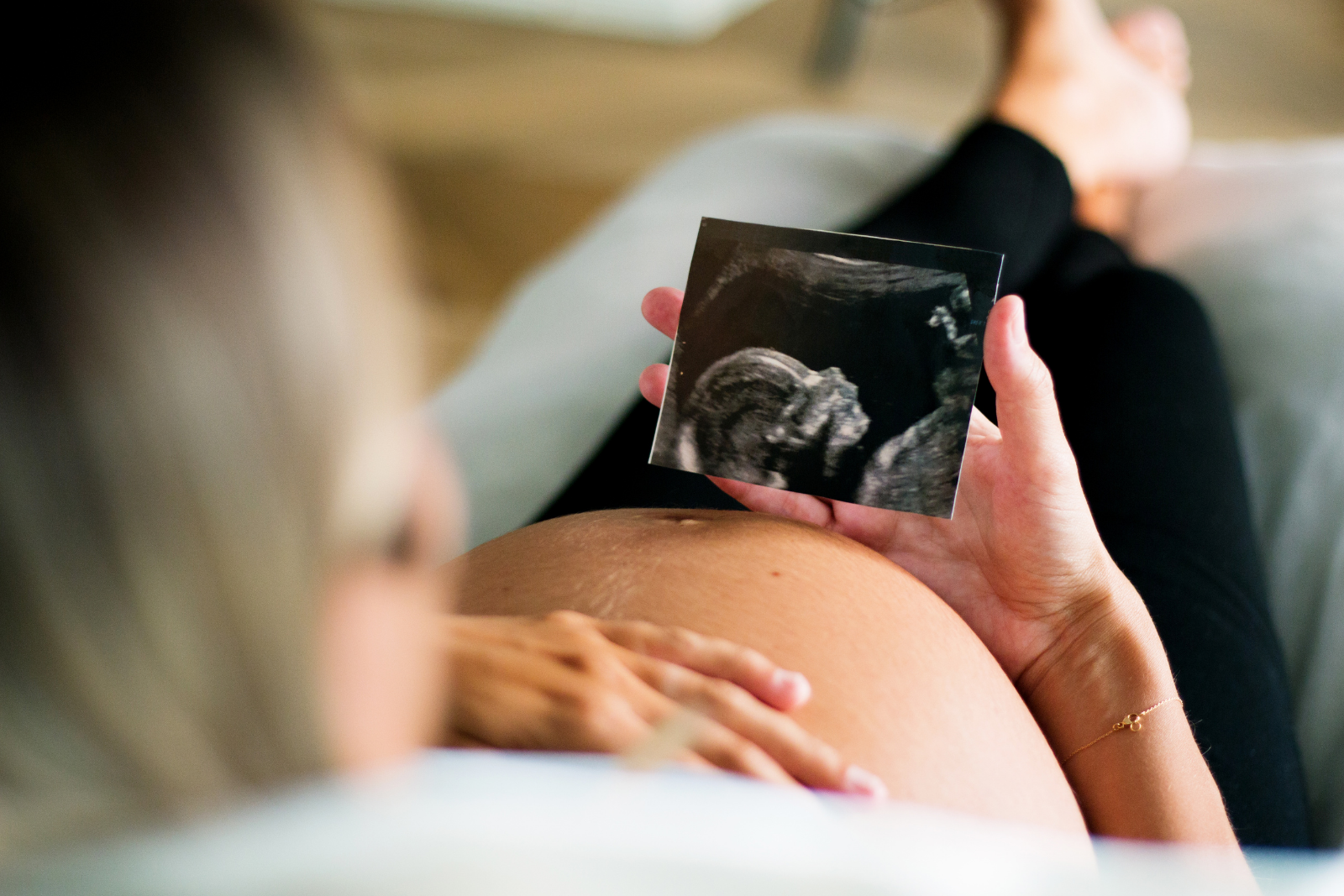There are so many benefits to strengthening your pelvic floor muscles, whether you are planning to have a baby, given birth already or are currently pregnant.
The pelvic muscles are layers of muscle that support the bladder, bowel & uterus, stretching from the pubic bone to the end of the backbone.
When your pelvic floor muscles are strong, they help you to control your bladder function, allowing you to ‘hold on’ to urine. Strong muscles also prevent potential problems such as incontinence & prolapse.
If you leak urine when you cough or sneeze, this may be a sign of weakened pelvic floor muscles. This is quite common, especially after birth.
Strengthening your pelvic floor muscles will also help your body cope with pregnancy as strong muscles before the baby is born will mend more easily after the birth.
Training your pelvic floor muscles is proven to reduce the frequency and severity of symptoms of pelvic organ prolapse.
Identify your pelvic floor muscles
Firstly, you need to identify the correct muscles & know how they “feel”. A way to do this is while over the toilet, try to stop the flow of urine for a second or two, then relax and finish emptying without straining, Please note – this is not a strengthening exercise & should only be done to identify which muscles are needed.
There are several moves you can incorporate into your daily routine that can be beneficial to strengthening these muscles.
Try these exercises to strengthen your pelvic floor muscles:
1. Kegels
Squeeze the muscles as if you are trying to stop a wee. Hold the squeeze as you count to 8 (or as long as you can) & relax for 8 seconds. Repeat as many as you can, about 8 to 12 squeezes. Repeat 3 times. Keep breathing through these exercises, without tightening your buttocks.
2. Squats
Standing upright, with your feet slightly wider than shoulder width and toes slightly pointed out. Bend your knees and push your hips back (as if you’re going to sit in a chair). Drop down until your thighs are parallel to the ground, keeping your weight in your heels and knees bowed slightly outward. Return to an upright position. Repeat.
3. Bridge
Lie on the floor with knees bent at a 90-degree angle, feet flat, and arms straight at your sides. Push through your heels, raising your hips off the ground & squeeze your glutes, hamstrings, and pelvic floor. Pause at the top and return to the starting position. Repeat.
To prevent damage to your pelvic floor muscles, you can:
- Do your pelvic floor exercises regularly!
- Squeeze and hold your pelvic floor muscles before you sneeze, cough or lift.
- Don’t go to the toilet unnecessarily & always empty your bladder completely
- Avoid constipation – drink plenty of water & eat fibre rich foods
- Always try to “brace” your pelvic floor muscles (squeeze up and hold) each time before you cough, sneeze or lift
Please note, don’t overdo your Kegel exercises. If you work the muscles too hard, they’ll become tired. If you feel pain in your abdomen or back after a Kegel exercise session, it’s a sign that you’re not doing them correctly. Talk with your gynaecologist if you have any concerns.
To make an appointment with POGS please call (08) 6270 0123 or email: reception@pogs.com.au.
















